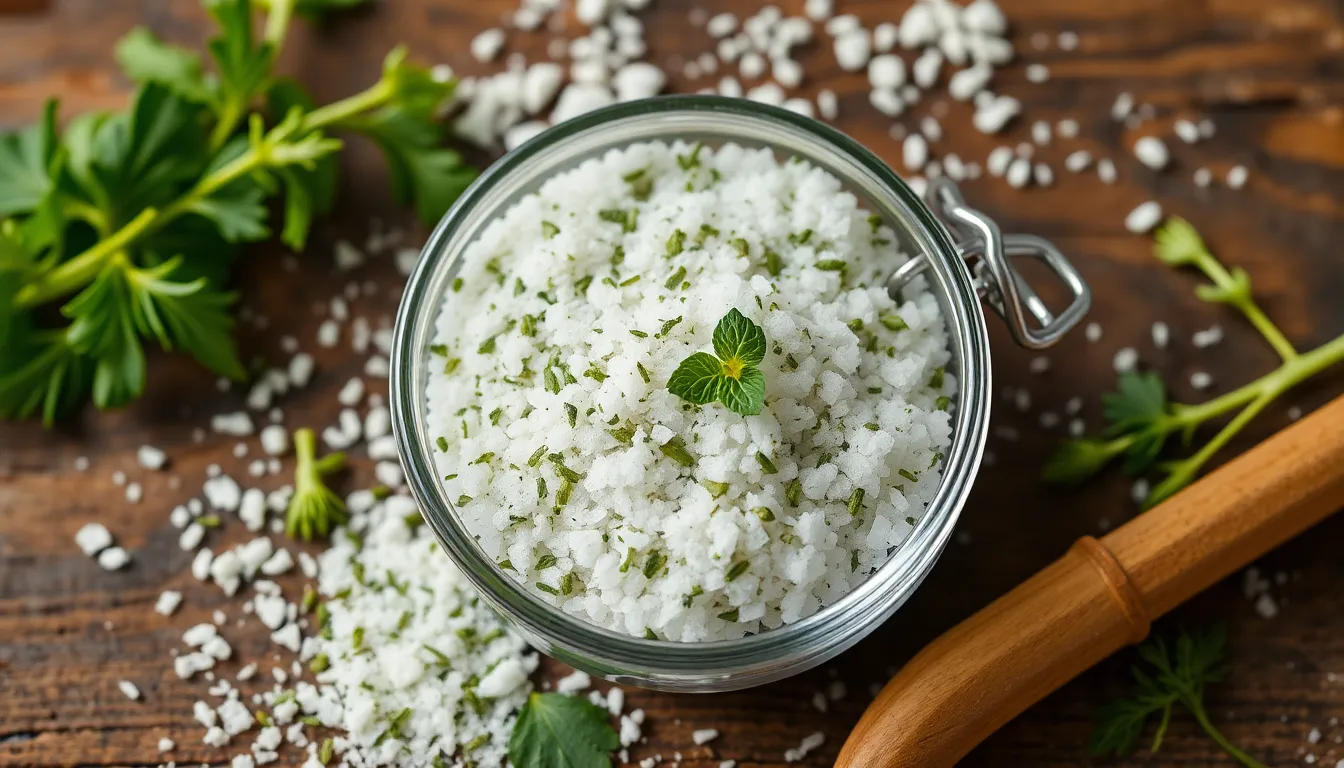The Role of Blanching in Meal Prep: Save Time and Enhance Flavor
Meal prep has become an essential part of modern cooking, helping home cooks save time during the week while ensuring that healthy, delicious food is always on hand. Among the various techniques that can streamline this process, blanching stands out as a game-changer. In this article, we’ll explore how blanching not only saves time in the kitchen but also enhances the flavor and quality of your meals.
What is Blanching?
Blanching is a cooking technique that involves briefly boiling food, usually vegetables, followed by rapid cooling in ice water. This process helps to preserve color, flavor, and nutrients while also preparing the food for further cooking or storage.
The Blanching Process
- Boiling Water: Begin by bringing a large pot of salted water to a rolling boil. The salt helps to enhance flavor and maintain vibrant colors in the vegetables.
- Ice Bath: Fill a large bowl with ice and cold water. This will be used to stop the cooking process immediately after blanching.
The importance of timing cannot be overstated in blanching. Overcooking can lead to mushy vegetables that lose their appealing texture and vibrant colors, while undercooking may not achieve the desired preservation effect.
Benefits of Blanching in Meal Prep
2.1 Time-Saving Advantages
- Prepares Ingredients for Quick Cooking: Blanching prepares vegetables and other ingredients so they can be quickly sautéed or incorporated into meals.
- Reduces Overall Cooking Time: By pre-cooking vegetables, you significantly reduce the time required for meal preparation.
- Allows for Batch Cooking and Freezing: Blanched vegetables can be frozen for later use, making it easy to cook healthy meals even on the busiest days.
2.2 Enhancing Flavor and Texture
- Preserves Vibrant Colors: Blanching helps maintain the bright colors of vegetables, making your dishes visually appealing.
- Maintains Nutrients and Freshness: The quick cooking method preserves essential vitamins and minerals, ensuring a healthier meal.
- Improves Texture: Blanching softens vegetables slightly, providing a more enjoyable eating experience.
2.3 Food Safety and Storage
- Kills Surface Bacteria: The boiling water eliminates harmful bacteria, making food safer to consume.
- Inactivates Enzymes: This process prevents spoilage by stopping the action of enzymes that can deteriorate food quality.
- Extends Shelf Life: Blanched vegetables have a longer shelf life, making them ideal for meal prepping.
How to Blanch: A Step-by-Step Guide
3.1 Equipment Needed
- Large pot for boiling
- Large bowl for ice water
- Slotted spoon or strainer for transferring food
3.2 Blanching Process Walkthrough
- Boil Water: Fill a large pot with water and bring it to a rolling boil. Add salt for flavor.
- Prepare Ice Bath: While the water is boiling, fill a bowl with ice and cold water.
- Blanch the Food: Carefully add the vegetables to the boiling water. Make sure not to overcrowd the pot.
- Transfer to Ice Bath: Using a slotted spoon, immediately transfer the blanched vegetables to the ice bath to stop the cooking process.
- Drain and Store: Once cooled, drain the vegetables thoroughly and store them in airtight containers or freezer bags.
Blanching Times for Common Vegetables
| Vegetable | Blanching Time (minutes) |
|---|---|
| Green Beans | 3 |
| Broccoli | 2-3 |
| Carrots (sliced) | 2 |
| Peas | 1-2 |
| Asparagus | 2-4 |
Recipes That Benefit from Blanching
5.1 Vegetable Stir-Fry
Blanching your vegetables before adding them to a stir-fry not only enhances their color but also ensures that they retain their crunch and nutritional value. For a vibrant stir-fry, consider using broccoli, bell peppers, and snap peas. Blanch them for a few minutes and then quickly toss them into your wok with some garlic and soy sauce for a delicious, quick meal.
5.2 Freezer-Friendly Soups
Blanching vegetables like carrots, zucchini, and green beans makes them perfect for soups that can be frozen for later use. The blanching process locks in flavor and texture, ensuring that your soups are just as delicious when reheated. Simply blanch your veggies, chop them up, and add them to your soup base before freezing.
5.3 Salads with Blanched Veggies
Blanched vegetables can add a fantastic flavor and texture to salads. For example, blanched asparagus, green beans, or even carrots can be mixed with fresh greens, nuts, and a tangy vinaigrette to create a refreshing salad. The bright colors and tender-crisp texture of the blanched veggies will elevate your salad to new heights.
Conclusion
Incorporating blanching into your meal prep routine can drastically improve the quality and efficiency of your cooking. By saving time and enhancing the flavor and texture of your meals, blanching not only makes cooking easier but also results in healthier and more enjoyable dishes. So, the next time you’re preparing meals for the week, don’t forget to give blanching a try. Your taste buds will thank you!




